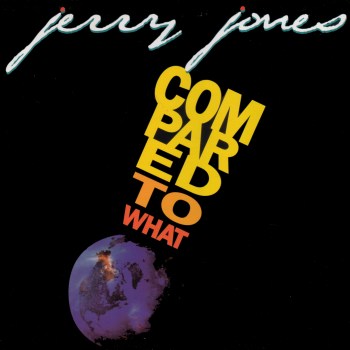Mashistory Vol 1: Stairway to Gilligan

"Gilligan's Island (Stairway)" Mp3
I have been planning a series of shorter posts on the history of the Mashup (the musical craze that has been raging in the DJ world for several years now). If you want to check it out "live" head down to the now infamous Mash Ave party with residents DJ BC and Lenow. As someone who has been drifting back and forth between DJ and rock band worlds for some time now, I find it amusing that this musical form has been heralded as the new new thing. In fact, people have been at this for quite some time. What really changed is that digital technology has finally made it possible for everyone to mix and mash. (Note that this article makes the claim that "Mashups first appeared on the pop-culture radar screen earlier this year with the release of The Grey Album"). Others have suggested connections between mashups and the cut up record, plunderphonics, sample based music and even the audio collage work of John Cage. But really, these things are all very different.

Wayne does a super job juggling the nuances of mashup politics in his summer '05 post Mashpolitik. I am going to take a slightly different approach by occasionally featuring tracks and ideas related to the history of the mashup. My first selection was inspired by a recent e-mail from Franc Graham. Her reference to Little Roger and the Goosebumps' 1978 song "Gilligan's Island (Stairway)" reminded me that this was my first encounter with a "mashup".
I won't try to recreate the history of this song (which was penned by Little Roger's late guitarist John Shield). Suffice it to say that the track features the music of Stairway to Heaven with the lyrics and melody of the Gilligan Island theme on top. Not only is it hillarious (methinks), the specific format (instrumentals of one song with vocals from another) make it a good candidate for an early Mashup. This form distinguishes it from related musical parody work of folks like Wierd Al who sing goofy lyrics over familiar tunes. Not only that, but Little Roger and the GB's were even sued by Led Zep and forced to stop selling the single. This outlaw status strengthens its connection to more recent illegal art forms like the mashup. Luckily, it was finally re-released on a 2000 compilation called Laguna Tunes, which features the work of Kenny Laguna, who produced the band.
You have to give respect to Little Roger and the Goosebumps for doing it all on guitars and stuff. 'Member those?
Finally, here is a nice little blurb about the band I found at a site on the Sacramento music scene.
"Little Roger & The Goosebumps - Their one single didn't quite climb the charts nationally in 1978 because it was pre-empted by a lawsuit while the song was steadily gaining airplay around the country. The song was called "Stairway To Gilligan's Island," (ed note: the actual title appears to have been "Gilligan's Island - Stairway" judging from the 45 below) which was a novelty featuring the lyrics of the Gilligan's Island Theme set to the music of Led Zeppelin's "Stairway To Heaven." It was Led Zeppelin's publishing company who kept the song from growing into a hit due to Little Roger's failure to seek permission prior to releasing the record. The plaintiffs ordered the record to be taken off the market and all copies destroyed. The band was formed in the mid-seventies and became well-known in the Davis scene before spreading to Sacramento and ultimately gaining more popularity in the Bay Area. It was fronted by Roger Clark, who teamed up with San Francisco band Earthquake to record the instrumentation in London at Pete Townshend's studio. Other members included the late guitarist John Shield, who came up with the idea of mixing the two songs together, and violinist Dick Bright, who became an accomplished orchestra leader in the Bay Area and backed artists like Santana and Bonnie Raitt. After the smoke had cleared, the recording later appeared on a Blackheart/Mercury Records compilation called Laguna Tunes, compiled by producer Kenny Laguna."
And a picture of the orignal 45 (reposted here from the nice folks at www.gilligansisle.com).









